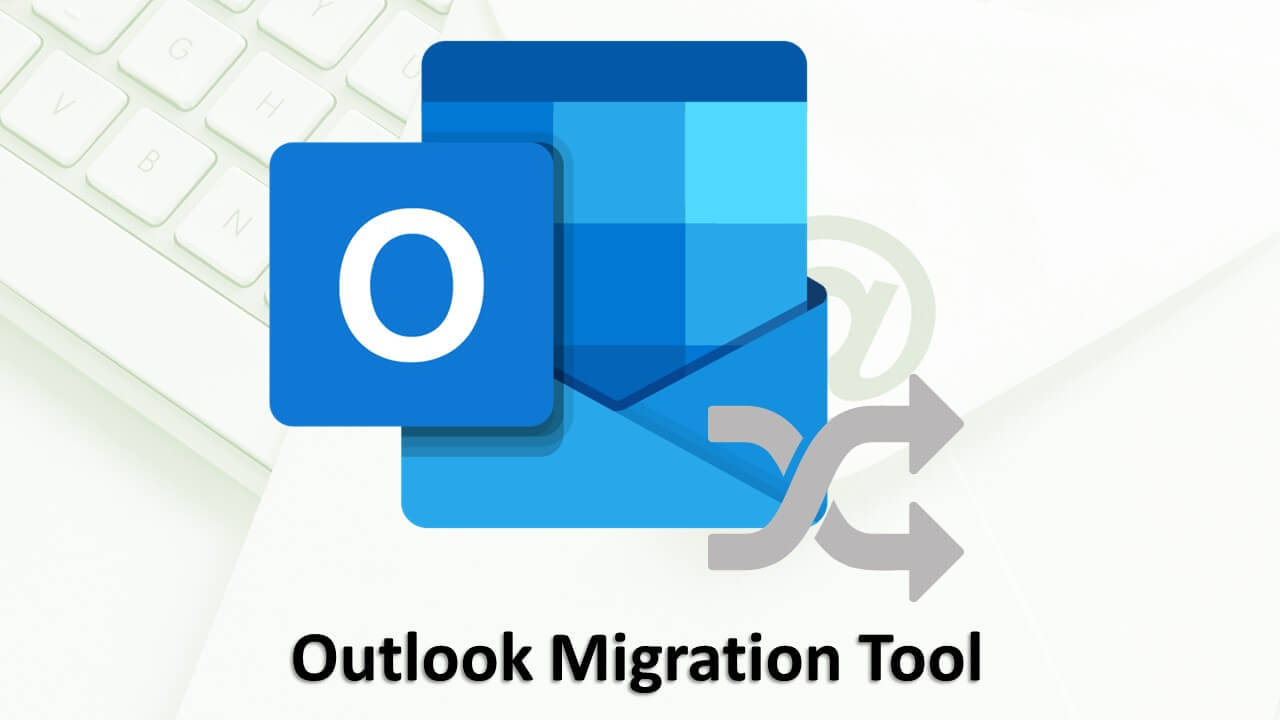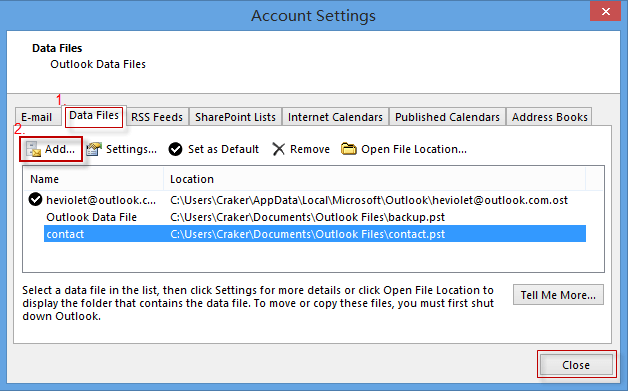

However, it’s trickier to handle these files in bulk. It can contain, for example, the contact’s photo. VCF – a slightly more elaborate file format which is closer to a business card.It’s mostly used for a makeshift backup and migration ( here’s why I’m not overly optimistic about this kind of PST use). PST – usually contains more mailbox item types like emails, tasks, etc.

It’s the most common one, since it’s extremely easy to edit contacts included in it and to import them to any email client. CSV – a simple file with an array of contacts with comma-separated values.

Like I already mentioned in the article about exporting Outlook contacts, there are three most common file formats that you can use to import contacts: If you are providing this script to a non-administrator to use, you can configure an RBAC custom role to limit their permissions to only allow them to create contacts in a specific OU, as demonstrated here.Before I dive into the import proper, I would like to share a few words about the file types which can be used for contact import. You can also set a default OU for contacts in the script, or use the -OU parameter to specify an OU.ĭownload the script from the TechNet Gallery or GitHub.Įxample usage: C:ScriptsImportContacts>.Import-MailContactsFromCSV.ps1Ĭ:ScriptsImportContacts>.Import-MailContactsFromCSV.ps1 -CSVFileName externalcontractors.csvĬ:ScriptsImportContacts>.Import-MailContactsFromCSV.ps1 -OU "/Company/Contacts" The script looks for a file named Contacts.csv by default, or you can use the optional -CSVFileName parameter to specify your own file name. The current version of the script supports a CSV file containing the following fields, which are the minimum details required for creating a mail contact in Exchange: Import-MailContactsFromCSV.ps1 is a PowerShell script to automate the creation of Exchange mail contacts using a CSV file for input.


 0 kommentar(er)
0 kommentar(er)
